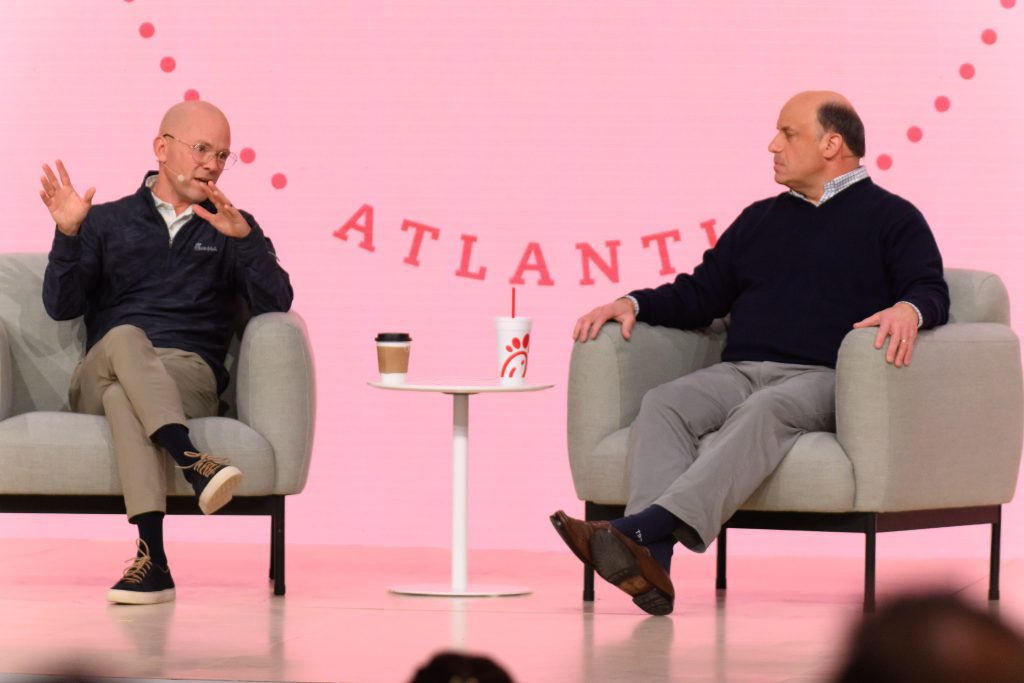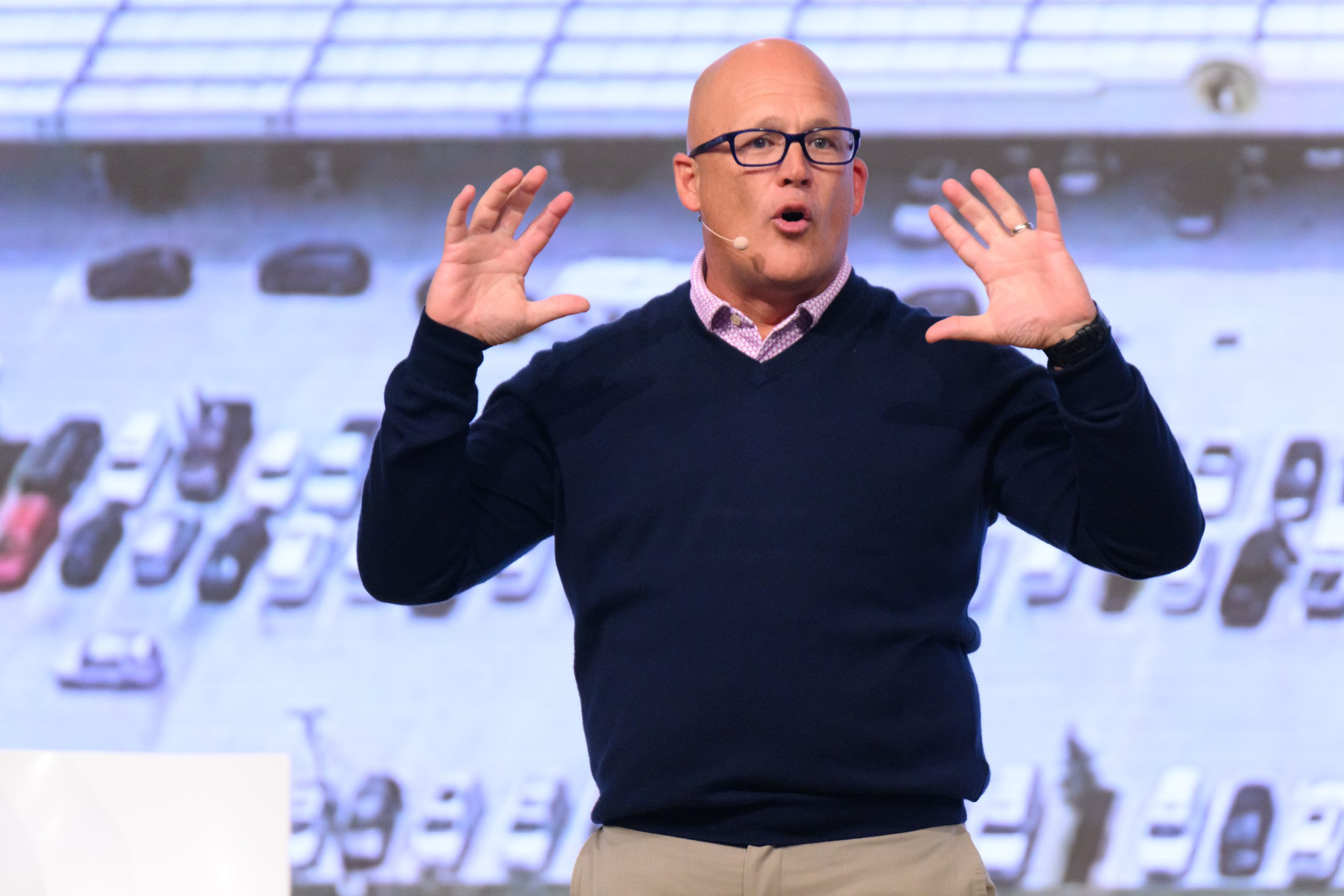Taking photographs of speakers is like dancing with your partner; you are not leading but following.
In partner dancing, dancers seek to work together to create synchronized or complementary movements. The leader is mainly responsible for initiating action, whereas the follower’s role is to maintain this movement (though they may choose not to).
Knowing your speakers is why organizations should stay with photographers rather than just getting someone to take photos. Some speakers are more difficult to get the moment where you capture the essence of the style of the speaker.
Many people are often hard to capture due to how they blink. For example, some people, when speaking, are slow to blink. Therefore, you must be careful not to catch them with their eyes closed.
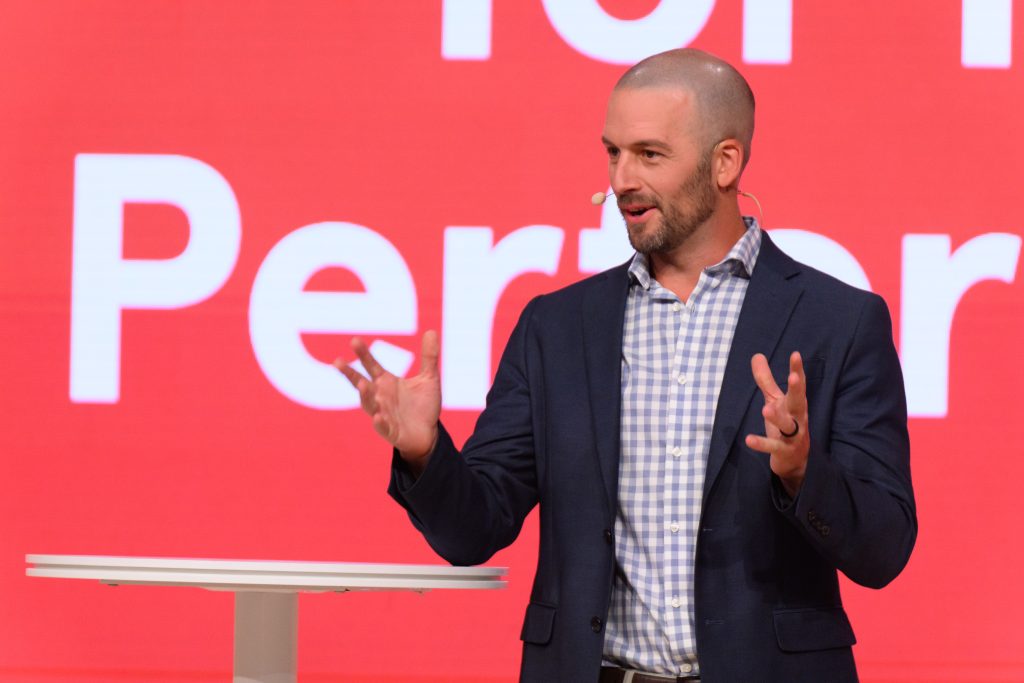
There are three photos I am looking for when capturing a speaker.
- Tight photo
- Medium photo – often showing their PowerPoint and them in one photo
- Wide or including some of the audience
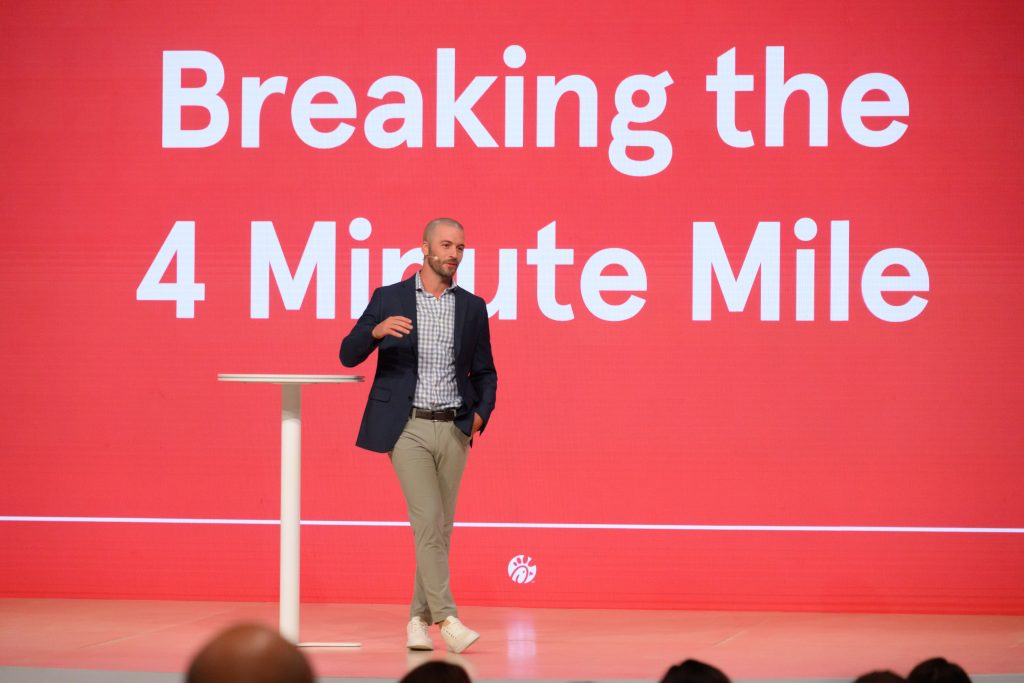
The ratio of photos you take to those you keep is more significant than you would have with a portrait session.
I may take more than a hundred speakers with others, usually forty or so, to get great expressions and storytelling moments.
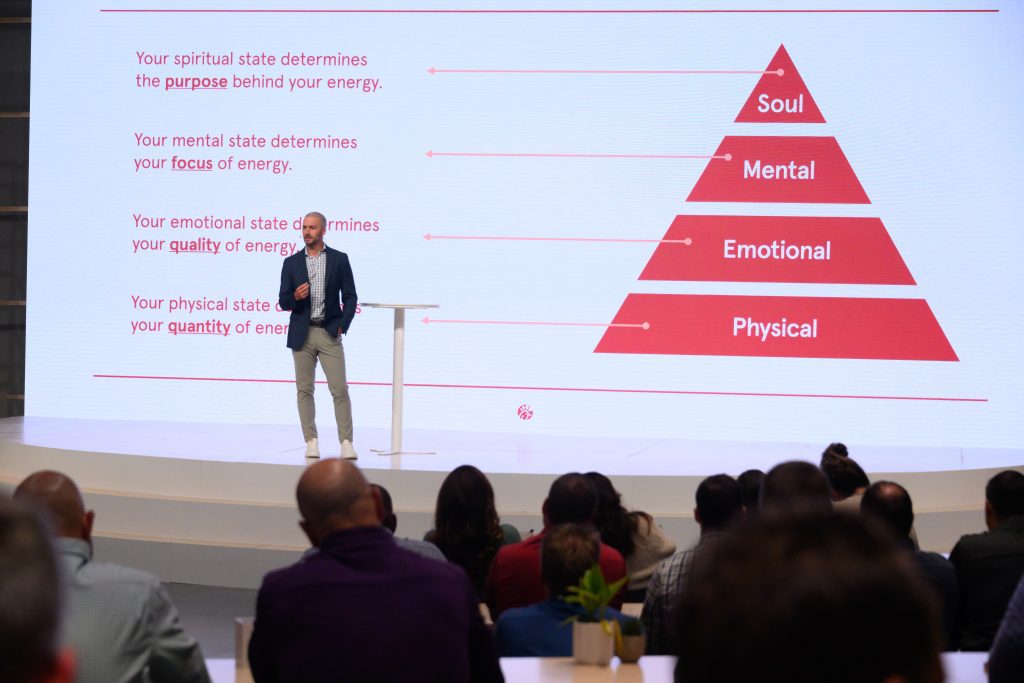
My tip to anyone photographing a speaker is to be ready with three types of lenses.
- Telephoto – For those tight shots
- Medium – to capture the screen and them in a photo or to use with the audience
- Wide Angle – Depending on the size of the room, sometimes you have to go wide if you are close to the speaker to show elements.
Another tip is to listen.
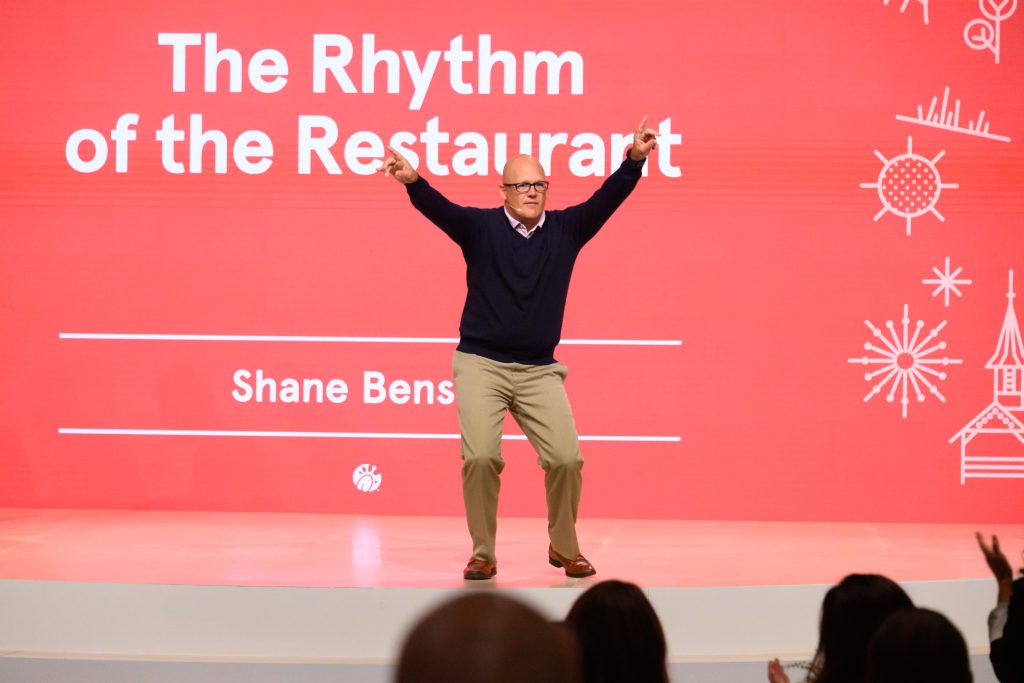
Be sure you are aware of the tone and message. Do your photos match what they are saying and how they are saying it to the audience? If this is serious, do you have concern showing on their face? If they are energized and entertaining, do you have something that shows this?

Summary
It will help if you plan to take lots of photos to get those authentic storytelling moments.
